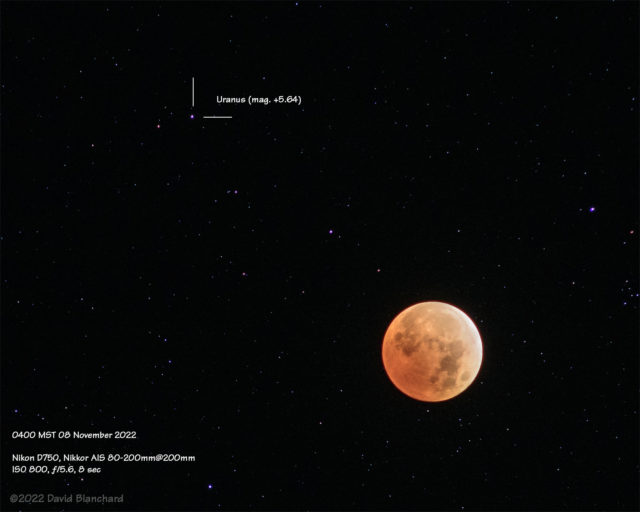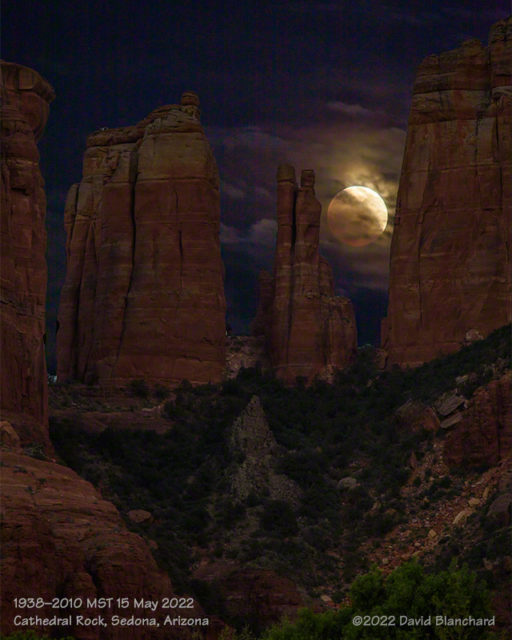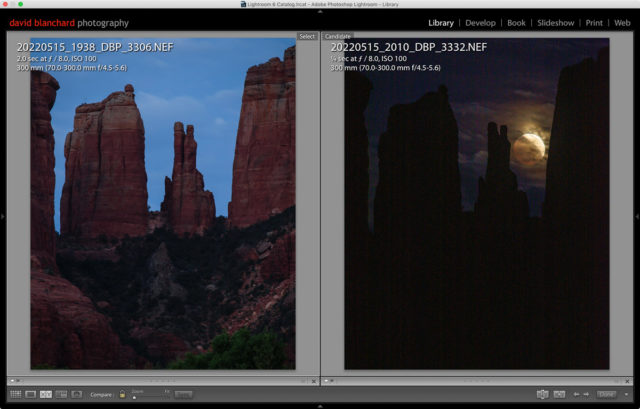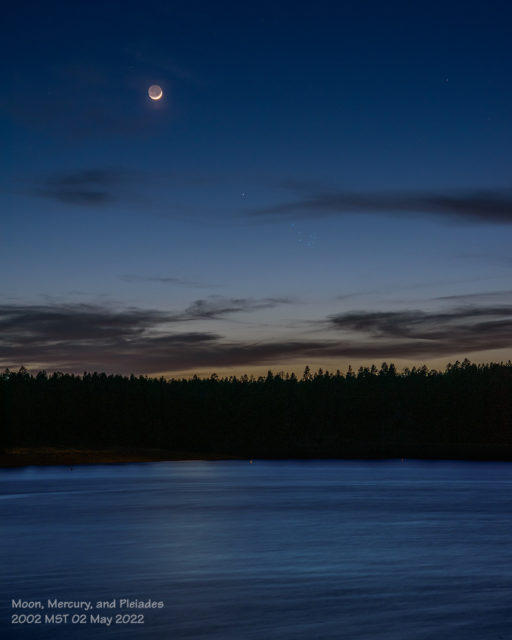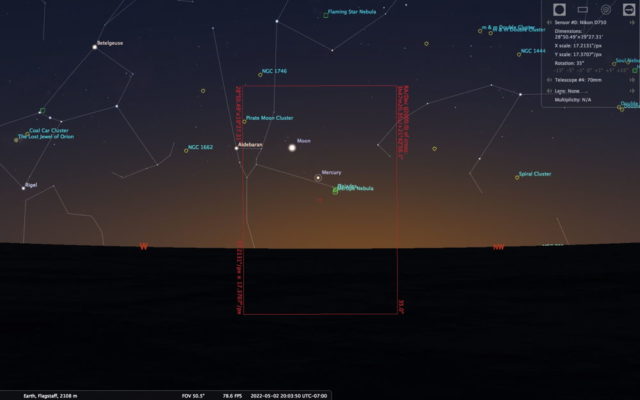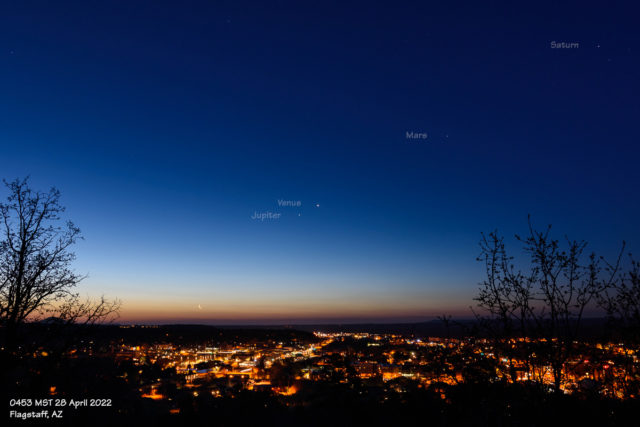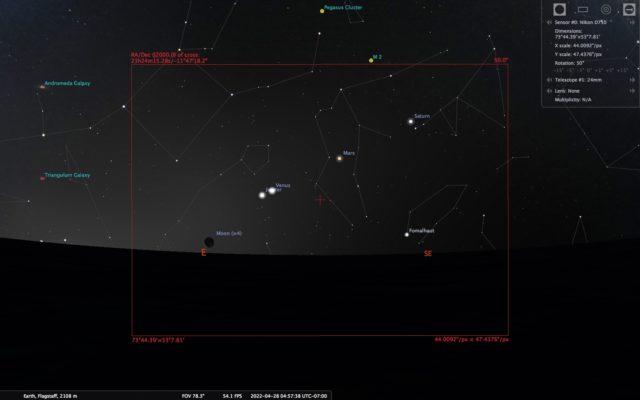There was a full Moon this past weekend (05 February 2023) and we decided it would be fun to spend a few days at Grand Canyon and do some photography and hiking.
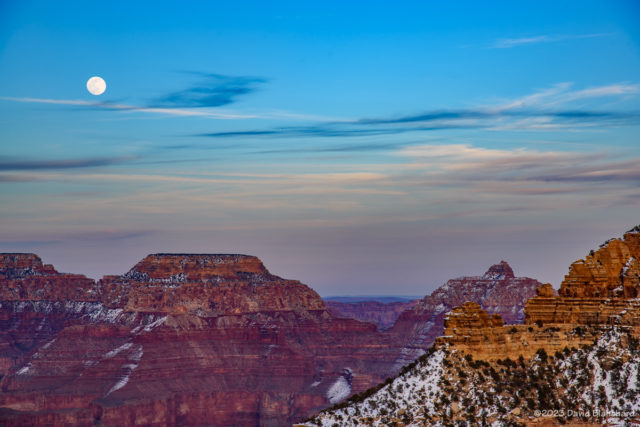
We arrived in the early afternoon at the East Entrance to avoid the possible long lines at the more popular South Entrance. Our first stop was at Desert View because I wanted to take some updated photos of the interior of the Desert View Watchtower. First attempts were with a 24mm wide angle but it was not wide enough. So, back to the car to get the 17–35mm ultra-wide lens.

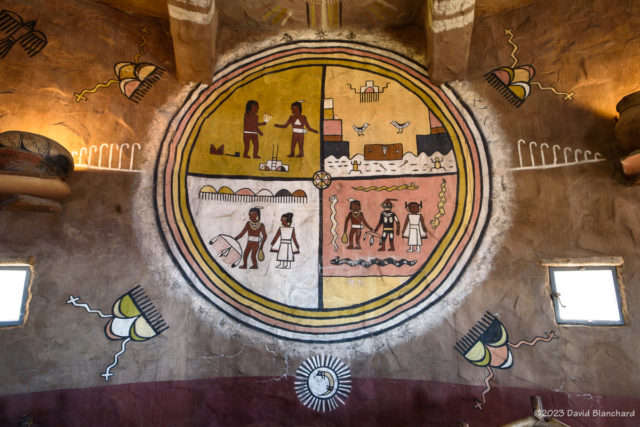
For the Moonrise we went to the Visitors Center parking area and walked along the Rim Trail to capture the nearly-full Moon rising over the North Rim. Unfortunately, distant high clouds prevented seeing the Moon until it was well above the horizon. No matter, it was still very nice. While waiting for the Moon, I shot photos of hikers ascending the South Kaibab Trail near the Ooh-Aah Viewpoint with the late afternoon sun illuminating the rock faces.

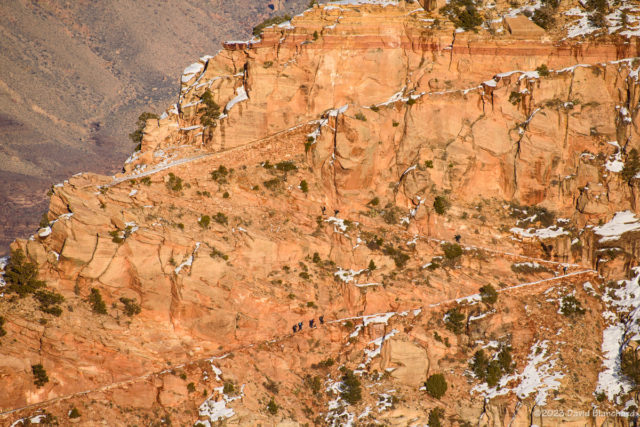
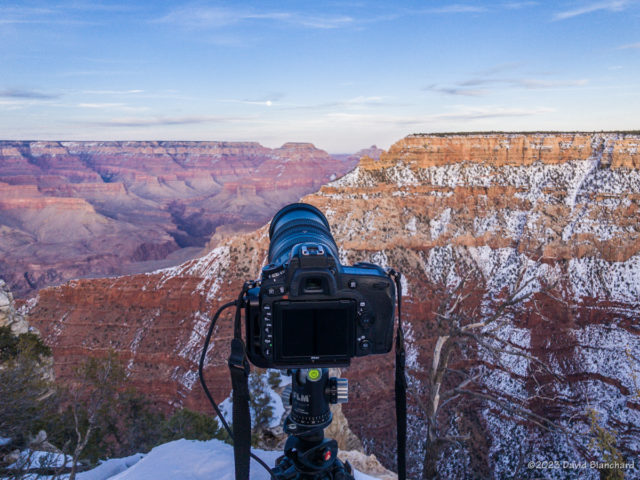
The following day also included a photoshoot of the rising Moon but we had plenty of time before that and found ourselves hiking down Bright Angel Trail. The trail was covered in packed snow and foot traction was helpful. We opted to only hike down as far as 1½ Mile Rest House before returning. I didn’t time the descent but the return ascent was 57 minutes. Not too bad for 1.5 miles and 1120′ vertical gain.

The Moonrise photography went well with the Moon rising in the notch between Cape Royal on the North Rim and Wotans Throne in the Canyon.
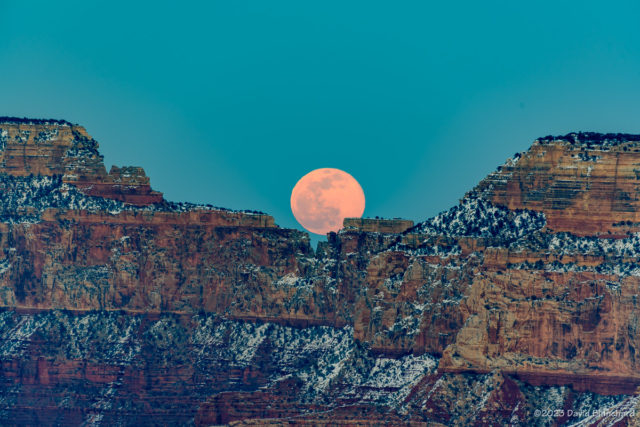
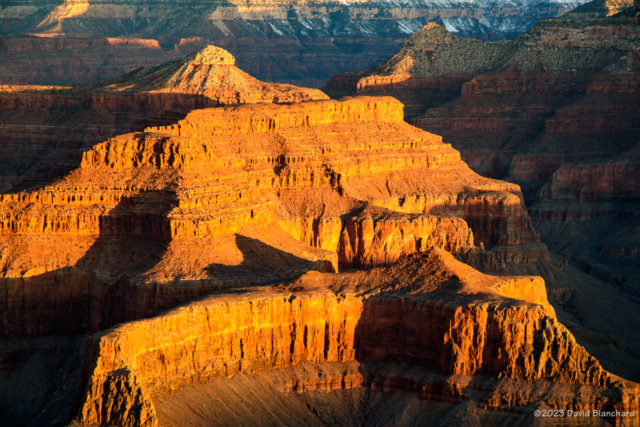
The following morning we arose early to see the sunrise from Hopi Point. With the passage of a weak cold front during the night I was hoping for some dramatic clouds. Nope. Nothing. Clear skies but there was the setting Moon in the west. As a consolation I got early morning light on the Tower of Set and Horus Temple.

